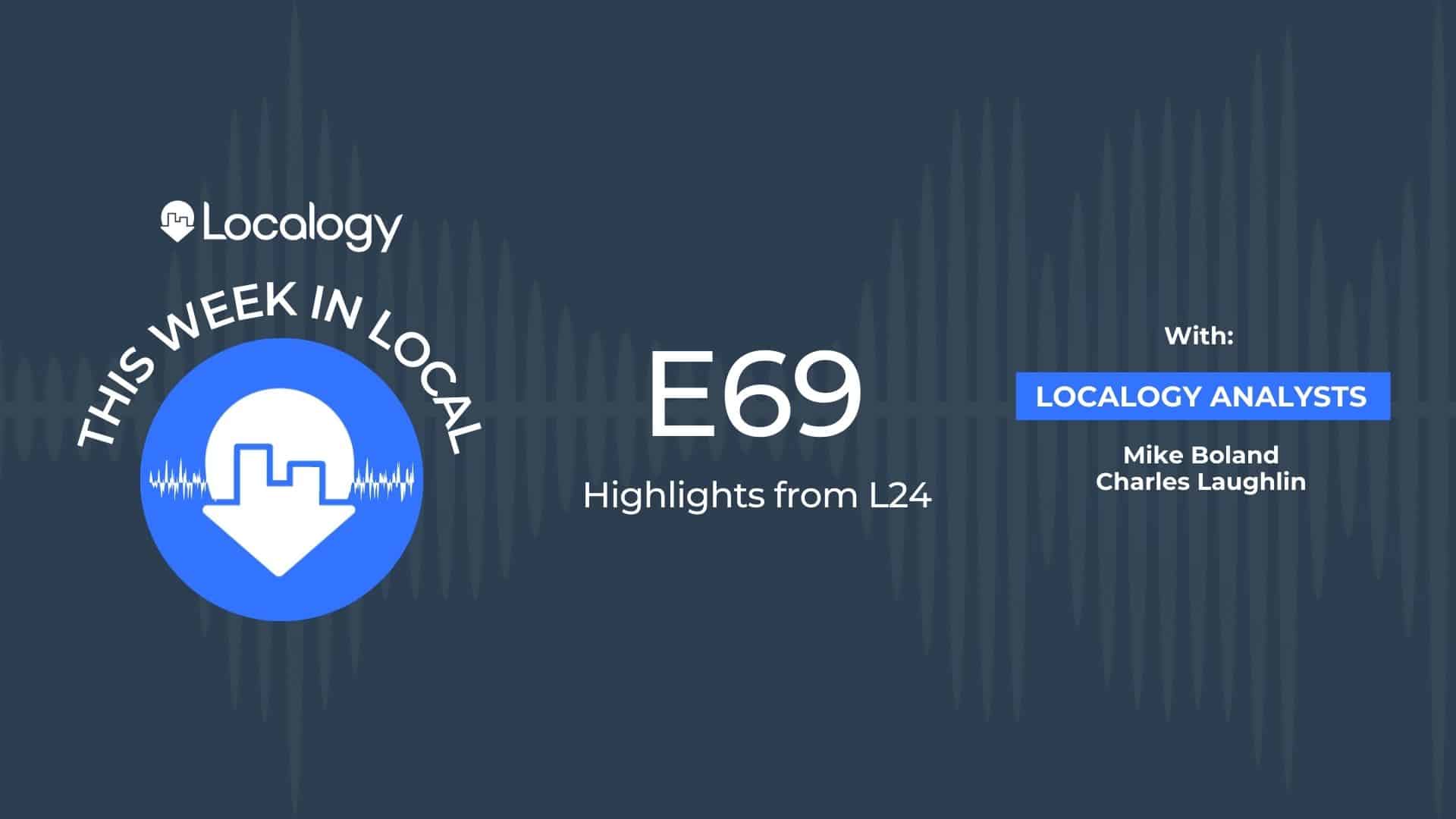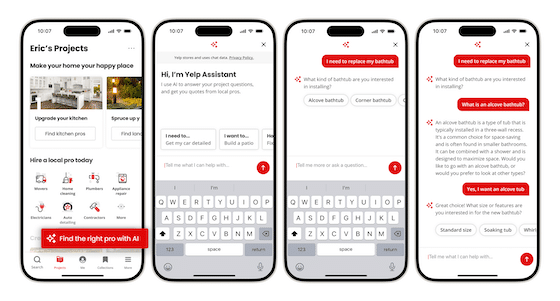It’s always a tricky thing when a company starts to compete with its own customers. And a prime example of this is the food delivery app Deliveroo’s decision to open a pizzeria. The place in question, Pizza Paradiso, opened recently in London’s Swiss Cottage neighborhood.
Delivery apps already struggle with the temptation to compete with their customers virtually by entering the ghost kitchen space. However, true competition only happens if the app rolls out its own food concepts, vs offing a ghost kitchen platform for its customers.
Deliveroo itself operates a London ghost kitchen called Editions. And its U.S. rival DoorDash (which recently eyed acquiring Deliveroo) also has its own ghost kitchen operation. Both have so far gone the platform route, offering ghost kitchen facilities as a service to other brands. To date neither has launched its own food concepts. But will this hold?
According to Eater London, Deliveroo claims it’s launching the restaurant as a test lab of sorts. The idea, as the company explained to the Wall Street Journal earlier this year, is to “understand restaurants’ pain points with the aim of solving them […] and to do this by having a deep understanding of restaurant owners’ mindset.”
The pizzeria has been listed on Deliveroo and will pay Deliveroo commissions as would any other restaurant.

Part of a Long-Term Plan?
However, Eater London also reminds us that Deliveroo’s new pizzeria move feels consistent with the plan the company laid out in a 2018 investor presentation. In that pitch, the company offered a vision that would involve more automation and vertical integration. And, implicitly, more competition with its current customers.
In that presentation, the company vowed to achieve the following.
- Create its own food offerings, personalised for customers
- Half the cost of food for customers
- Automate delivery
- Automate food production
- Double its profit margins.
Deliveroo has made good on at least some of this. For example, the company launched its own brand of cereal. It’s called, predictably, DeliverOOs. Similarly, it rolled out its own soup brand last year.
And it has been making moves in an effort to give it the scale it needs to make its business model profitable. The delivery app model is famously unprofitable (right up there with ride-hailing). This explains the frantic race for scale among the leading players in food and grocery delivery.
For example, last year the company launched Deliveroo Hop, a rapid commerce play designed to address the demand for fast delivery and complement its existing on-demand grocery delivery service. Deliveroo has recently partnered with the grocery chain Waitrose. The two opened their first delivery-only (dark) store last month.
Looking for Labor Efficiency
Part of the bigger idea behind all of the solutions Deliveroo is adding is to squeeze more productivity out of its workforce.
“We wanted to give a sense of the relative unit economics on grocery versus restaurant — not quite as good as restaurant economics,” Deliveroo Chief Financial Officer Adam Miller said on the company’s January 20 earnings call.
“Grocery’s nearly 100% incremental to our restaurant business, so customers that are ordering groceries — they’re doing that on top of their existing restaurant volume. And it also has benefits on the overall density of the network and smoothing out the work for riders across the day.”
Greg Orlowski and current CEO William Shu founded Deliveroo in London back in 2012. In 2019, Deliveroo raised a $545 million funding round led by Amazon, which now owns 16% of Deliveroo. The company went public in March of last year and trades on the London Stock Exchange as ROO.
Amazon’s involvement is interesting. In particular, given its own penchant for omnichannel commerce. Amazon owns Whole Foods, as well as Amazon Fresh and Amazon Go. However, at this point, Amazon’s grocery play is vertically integrated. The company uses Prime to offer delivery from its owned and operated grocery chains. To date, it hasn’t followed the Instacart model of delivery from any store willing to partner with it.





